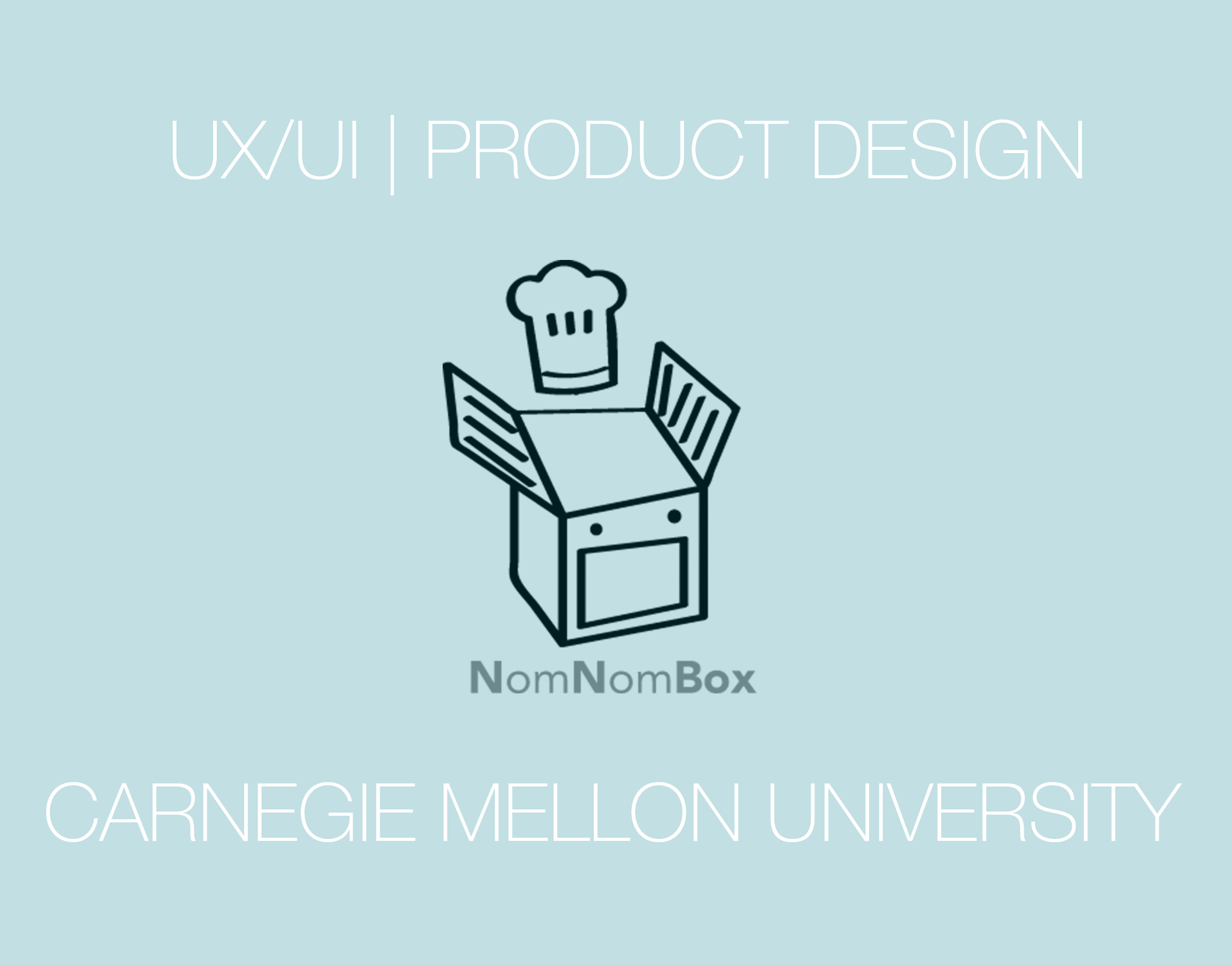Team: 3 Designers, 1 Industrial Designer and 2 Business Professionals
My Role: User Research, Insight Generation, Product Manager, Prototyping, Final Design and Videography
Duration: 5 Months- Spring 2017
Background
Ziegler CAT is at a pivotal moment in the heavy machinery equipment industry. Their current service truck design hasn’t changed significantly for the past two decades. We believe now is the time to embrace the future in this space. Since the beginning of this project, Team Creo has learned about the industry, the technicians, and their workflow, with a special focus on the Ziegler CAT. Out in the field in Minnesota, team Creo witnessed the work of several Ziegler technicians.
Based on these insights we set out to focus on managing the space effectively, making technicians more comfortable, productive, and safe. We then went on to design many iterations of what the next generation service truck could look like, testing these concepts with technicians along the way. Our efforts resulted in a complete redesign of the technician workflow on site. The new and improved design includes a weatherproof interior workspace for technicians, which allows them to comfortably work while shielded from the elements.
Process
Identifying Product Opportunity
In Phase 1 of our project, Team Creo researched over 100 product opportunity gaps (POGs) for Ziegler using social, economic, and technological factors. We first researched social, economic, and technological factors in society to better understand and define the landscape we were designing in.
Then based on these SET factors we identified many product opportunity gaps, which are aimed at uncovering gaps between what is currently in the market and what could be in the market. We distilled the opportunities into the top seven including,
• Improving space management
• Increasing technician capabilities
• Improving the system’s efficiency
• Improving communication between technician and client
• Improving diagnostics
• Improving technician safety
• Increasing work place comfort
The team chose one opportunity among the top seven based on a variety of factors including the weighted matrix reduction and interview insights. We decided to move forward with Improving the management of space on the truck. By focusing on the physical space of the truck, we expect to in turn affect the efficiency and mental well being of the technician.
Understanding User
Stakeholder analysis
Competitior Analysis
In terms of technology, we looked into what features and technological advancements do the product offer. In terms of style, we looked into what the overall aesthetic of the materials, finish, and form factor are. We found that most products lie either in the low style and low technology quadrant (Q3). This quadrant contains products such as the DeWalt truck, Kennedy truck, and Maintainer truck. All of these trucks offer the standard technology that comes equipped with a truck, including a proper crane, hoist mechanism, and compartments for storage. They also share in common this outdated box-like look that does not do much for its style.
We also wanted to explore more than just service trucks to gain a broader understanding of space management as a broad heuristic used in other mobile spaces. With this framework in mind, we decided to explore the ambulance and how it achieves proper space management, increases the efficiency of its workers, and exudes a brand image. In terms of space, an ambulance truck utilizes the sides of the interior to provide storage for equipment and requires a four-foot aisle space. Paramedics only carry the essential life-saving equipment and supplies on the truck in order to conserve space. Also, function switches and patient care equipment are all kept within arm’s reach allowing the medic to stay seated, which allows the medic to be more efficient and have a quicker response time.
CONCEPTUALIZING THE OPPORTUNITY
Affinity Mapping
Value opportunity Analysis
project goals
Transform truck architecture for the future:
- Transition driver cabin to mobile office
- Create private, weatherproof work environment
- Reduce tool load/unload time via modular boxes
- Future proof technology
- Step function decrease in onsite tech labor
initial concept sketches
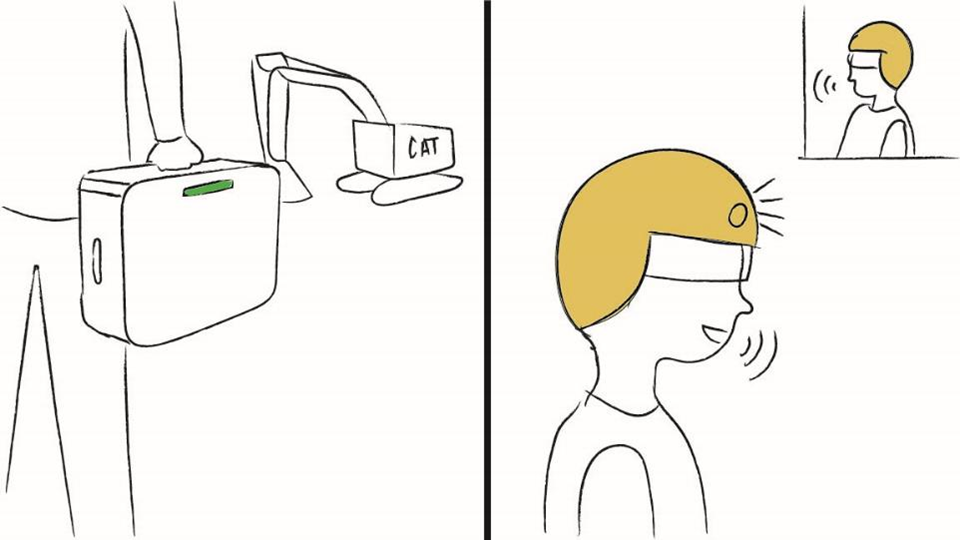


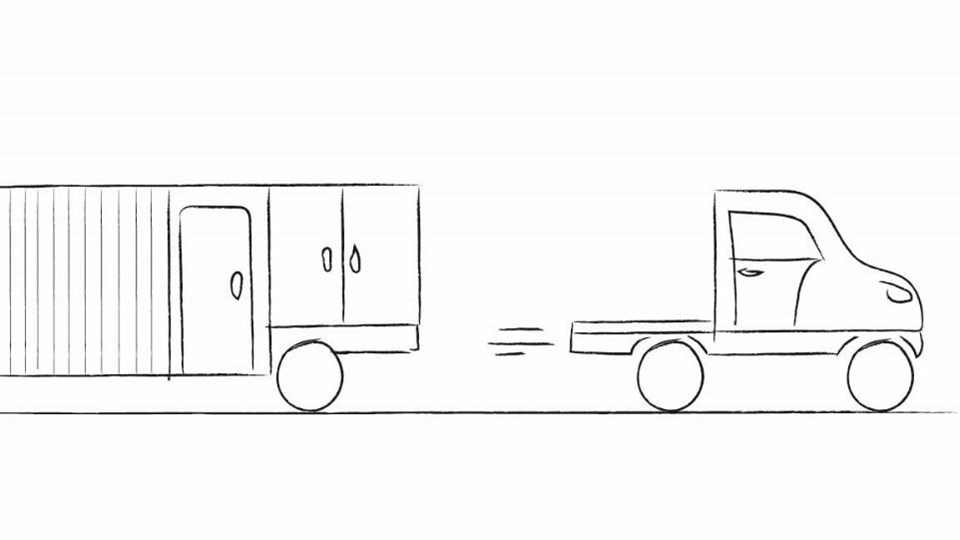
Realizing the opportunity
Final prototype of redesigned service truck


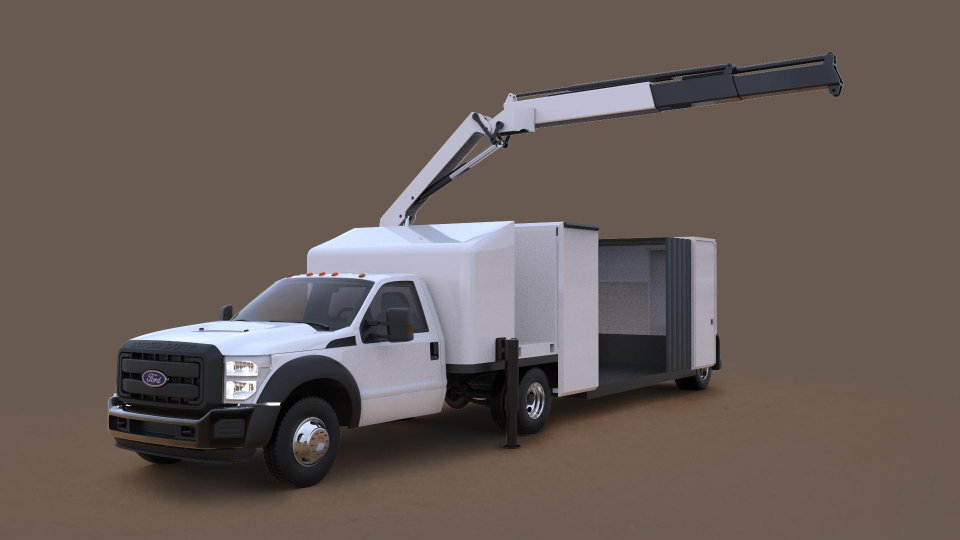
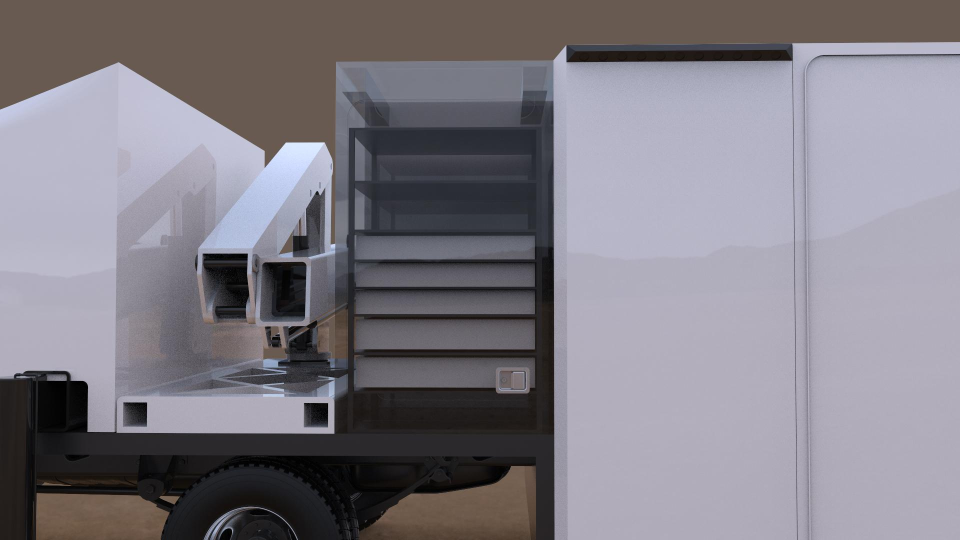
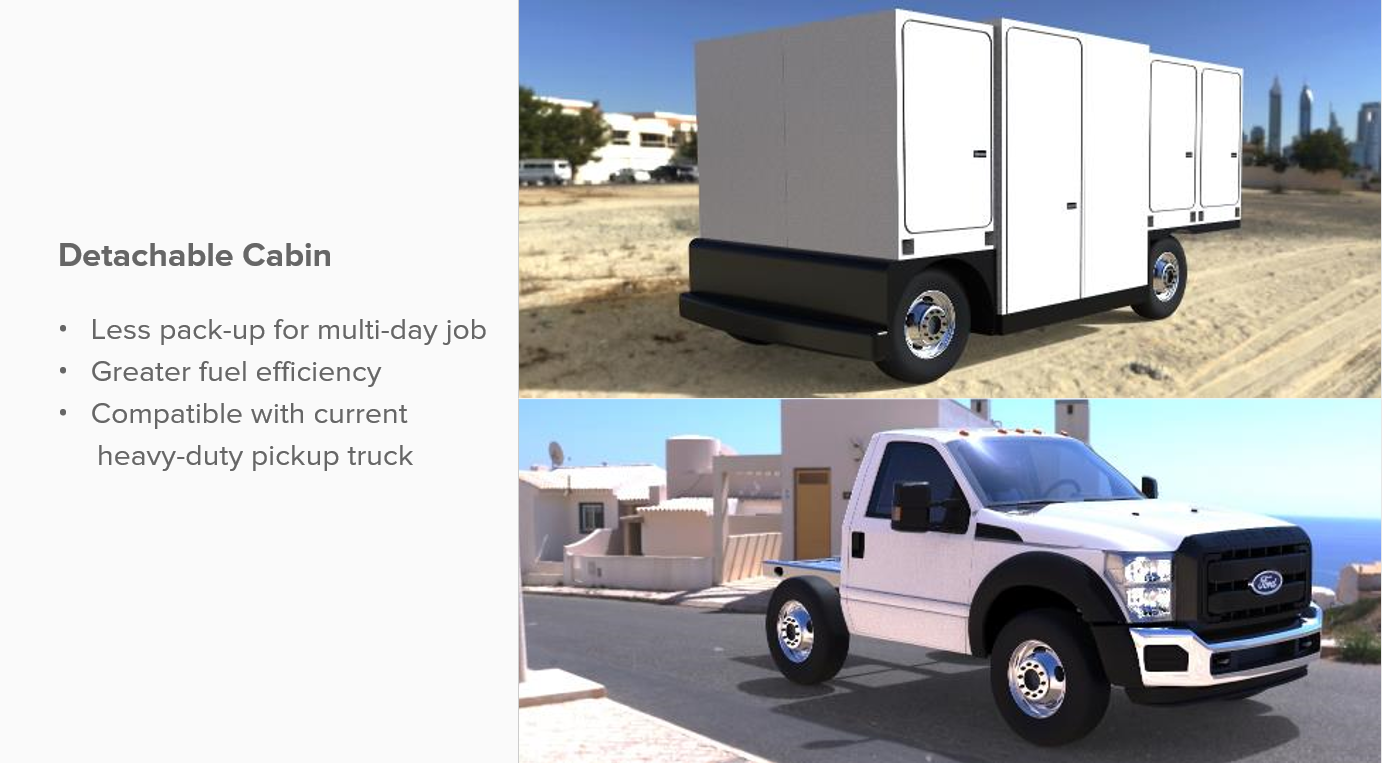
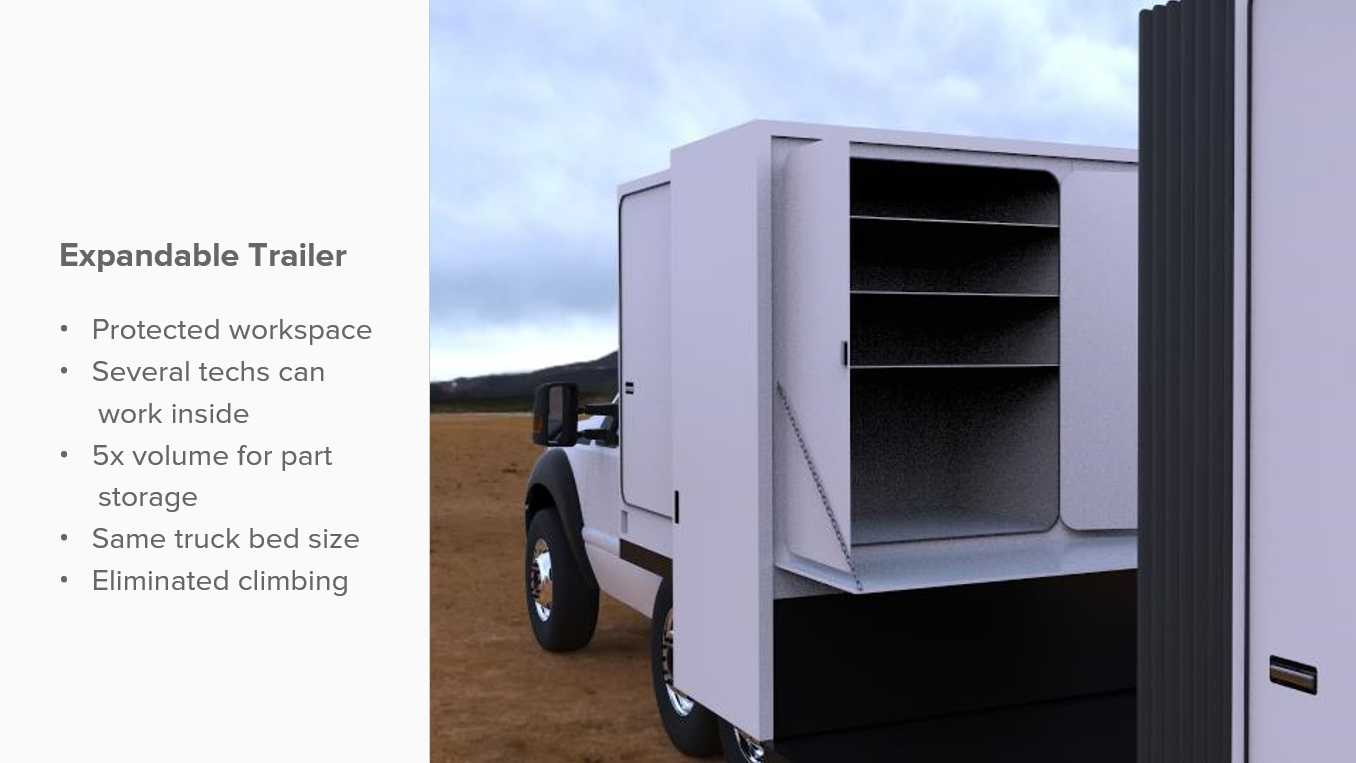
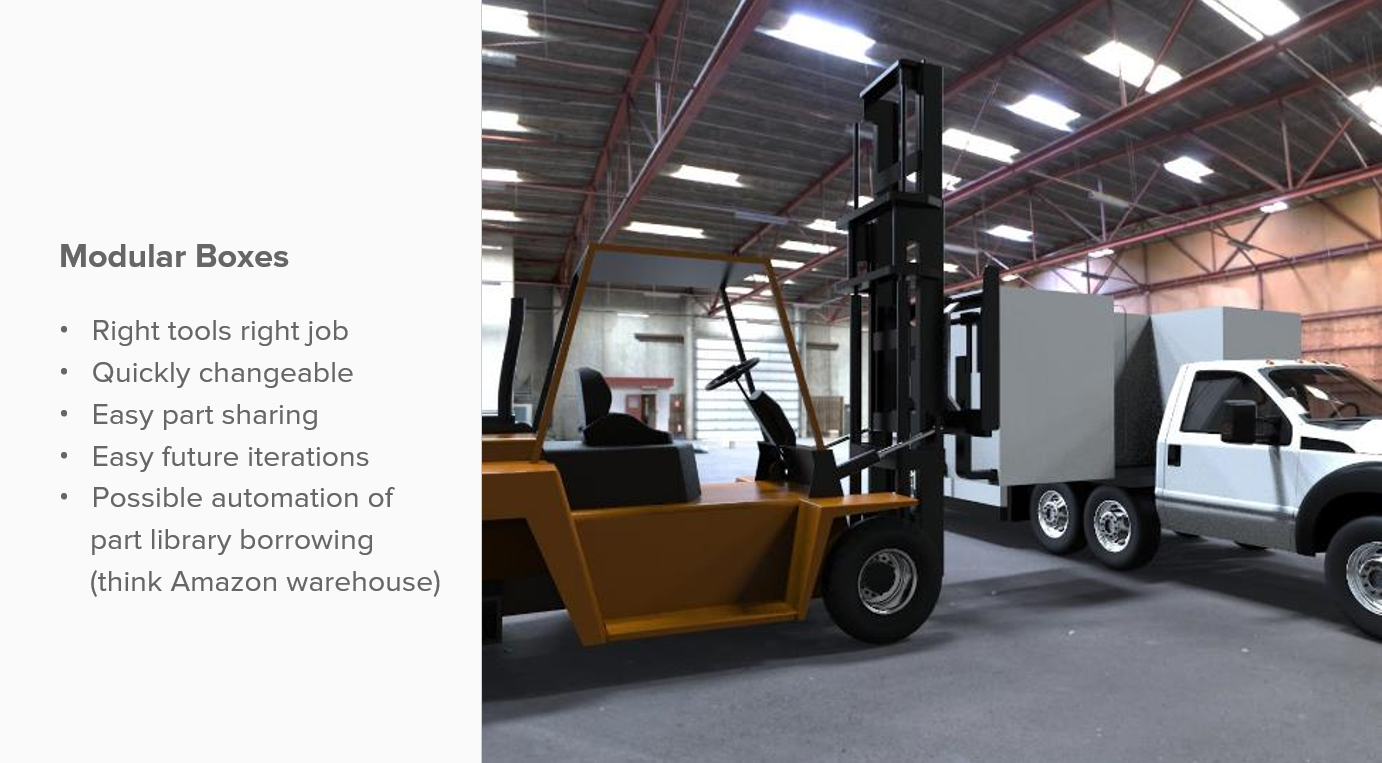

Business plan
Market Potential:
• Distinguishable in service market
• Extend partnership to develop new modules
• Expand relationship in other potential markets
Cost Estimates:
Revenue, Net Profit Projections for 5 years:
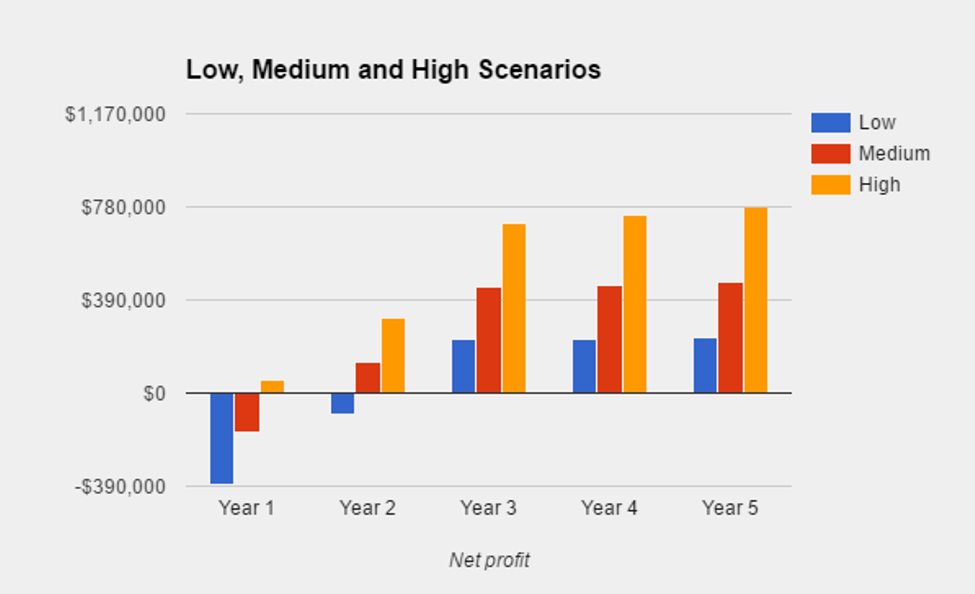
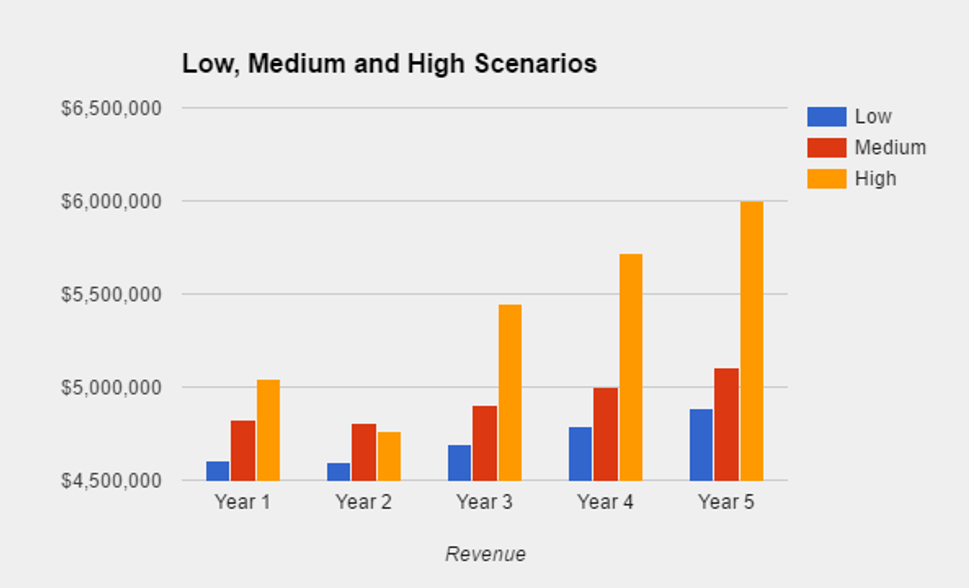
Economic Value:
• Packing/Tool search time savings: 2 hours/day
10 Year savings: $25 (median hourly rate) * 10 * 200 days * 2 hours= $100,000
• Savings in time off from worker injuries: 6 days/yr * 0.5 * 6 (hours/day) = 18 hours/yr
10 Year savings: $25 (median hourly rate) * 10 * 18 = $4,500
10 Year savings: $100,000 + $4,500 = $104,500
Outcomes
• Saves around 2 hours per job
- Eliminates 30 minutes of pack-up time
- Eliminates time to search for correct tool
• Reduces likelihood of injury
- 26% of all total injuries in 2015 occurred within the service providing sector of heavy machinery equipment
- 32% of these injuries are caused by overexertion of the technician (Source)
• Increases lifetime of technician and costs associated with workers compensation



